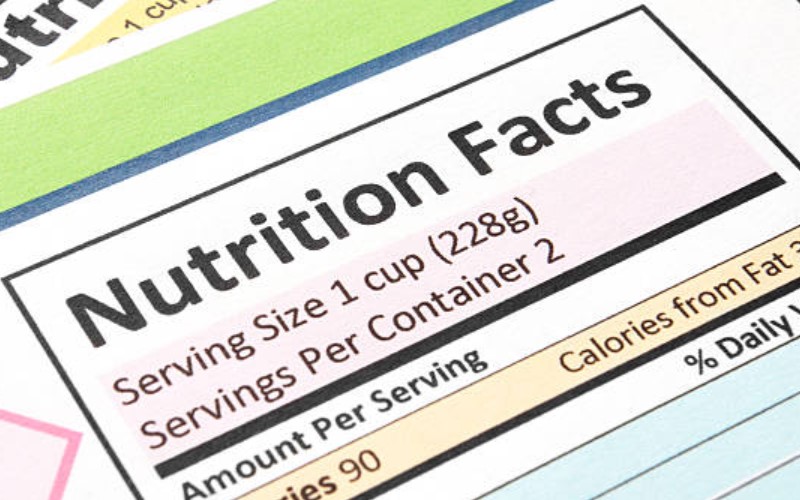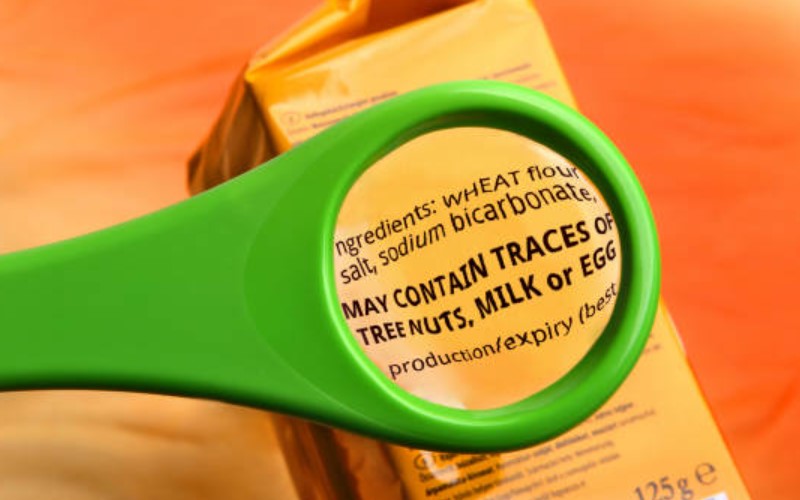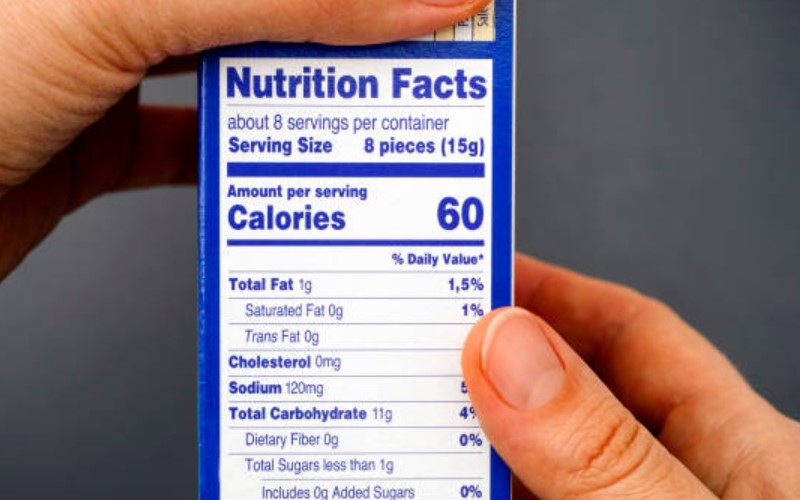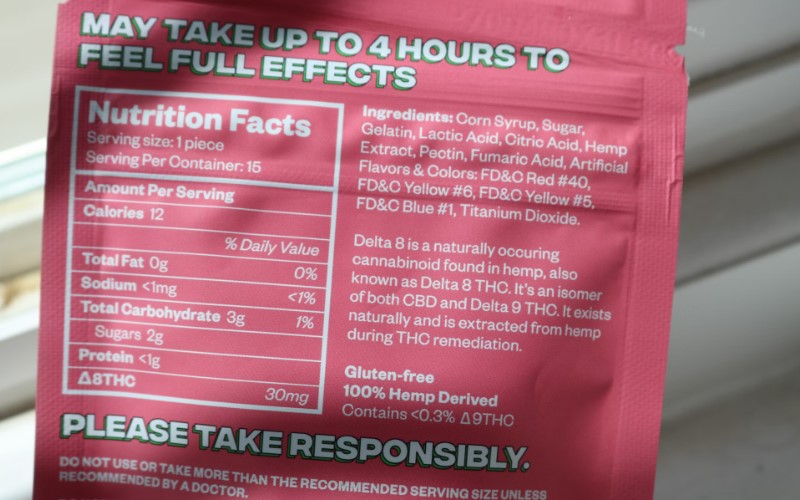Navigating the nutrition facts panel allows you to determine if a packaged food actually supports your health goals. But confusing serving sizes, percentages and ingredient lists often leave consumers more perplexed. This article provides a strategic approach to nutrition label literacy so you can filter products effortlessly.
1. Spotlight on Serving Sizes
Don’t let clever labeling fool you. Pay attention to the exact serving size that the nutrition stats reflect along with the total servings per container. For instance, a small yogurt cup likely equals one serving while an entire frozen pizza may contain 4 servings or more. Compare to your real portion.

2. Examining the Ingredient List
Flip over your product and scan the ingredients list printed by quantity. Watch for health hijackers like added sugars, hydrogenated oils or artificial dyes. Choose whole food options with ingredients you easily recognize.

3. Understanding Daily Value Percentages
Check percentages next to key nutrients based on standard daily intake requirements. Here’s a quick daily value percentile gauge:
Below 5% = low quantity
20% or more = high
Compare against your individual health and diet needs to determine if a food fits.

While labels don’t reveal everything, these quick checks equip you to filter products in seconds for informed choices that align with your wellness goals.
For more healthy eating tips and whole food recipes, check out the blog section of our website or send us a message now to create a personalized plan for you!
